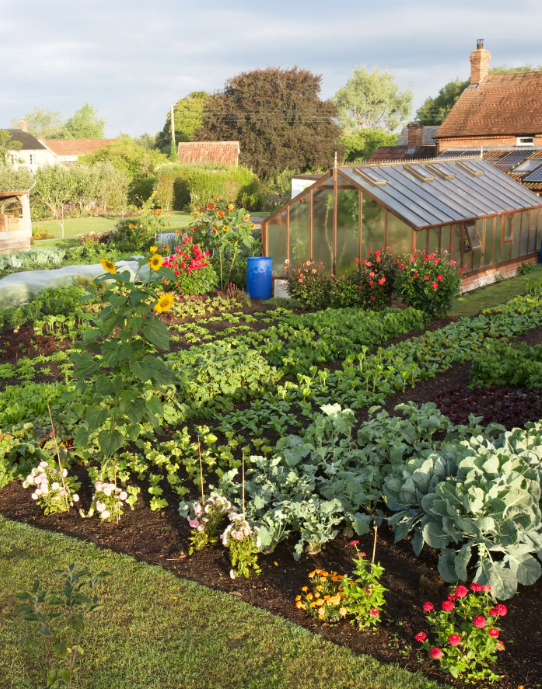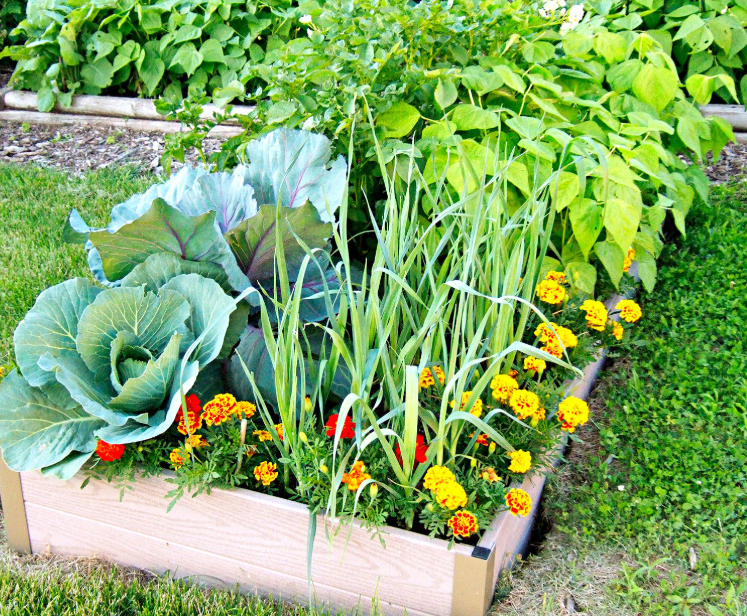As environmental concerns continue to grow, more gardeners are seeking ways to make their outdoor spaces not only beautiful but also sustainable. Incorporating sustainable practices into your garden design can help reduce your carbon footprint, conserve water, and support local ecosystems. With some careful planning and a few eco-friendly techniques, you can create a garden that is both functional and environmentally responsible. Here’s how to design a sustainable garden that benefits the planet and enhances your outdoor living space.
Choose Native Plants
One of the simplest and most effective ways to create a sustainable garden is by choosing native plants. Native plants are adapted to your local climate and soil, meaning they require less water, fertilizer, and maintenance than non-native species. These plants also provide critical habitats and food for local wildlife, including pollinators like bees and butterflies. By planting native species, you’re supporting biodiversity and ensuring that your garden thrives with minimal effort.
Research plants that are native to your region and group them by their needs, such as water, sunlight, and soil type, to create a thriving and low-maintenance garden. Examples of native plants include wildflowers, native grasses, and shrubs that can flourish without the need for excessive resources.
Reduce Water Consumption with Xeriscaping
Water conservation is a key element of sustainable garden design, especially in regions where water is scarce. Xeriscaping is a landscaping technique that uses drought-tolerant plants and minimizes the need for irrigation. By choosing plants that thrive in dry conditions, such as succulents, lavender, and ornamental grasses, you can reduce your garden’s water requirements significantly.
In addition to selecting drought-resistant plants, consider other water-saving techniques like using mulch to retain moisture in the soil and creating rain gardens that absorb excess water. Installing a drip irrigation system is another efficient way to water plants without wasting water. These systems deliver water directly to the roots, reducing evaporation and runoff.
Use Organic and Local Fertilizers
Avoid chemical fertilizers and pesticides, which can harm the environment and wildlife. Instead, opt for organic fertilizers like compost, manure, or organic mulch, which not only enrich the soil but also improve its structure and water-holding capacity.
Composting is a great way to reduce waste and create nutrient-rich soil for your garden. By composting food scraps, yard waste, and plant matter, you can produce your own organic fertilizer while diverting waste from landfills. Additionally, consider sourcing mulch locally to reduce transportation emissions and support local businesses.
Create a Wildlife-Friendly Habitat
A sustainable garden can also be a sanctuary for wildlife. By providing shelter, food, and water, you can attract beneficial creatures like birds, bees, and butterflies to your garden. Incorporate a variety of plants that offer nectar, seeds, and berries to feed pollinators and wildlife.
Adding birdbaths, nesting boxes, and even small ponds can provide essential resources for animals. Be sure to avoid using pesticides and herbicides, as these chemicals can harm beneficial insects and pollinators. Instead, focus on creating a natural, balanced ecosystem where plants and wildlife can thrive together.
Incorporate Renewable Energy Solutions
Consider integrating renewable energy solutions into your garden design to make it even more sustainable. Solar-powered garden lights, water features, and fountains are energy-efficient alternatives to traditional electric options. Solar panels can also power outdoor lighting, reducing your energy consumption and dependence on fossil fuels.
If you have larger outdoor structures, such as a greenhouse or shed, consider using eco-friendly materials like reclaimed wood, bamboo, or recycled metal for construction. This reduces the demand for new resources and minimizes waste.
Practice Mulching and No-Till Gardening
Mulching is another key practice in sustainable gardening. Mulch helps retain moisture, suppress weeds, and improve soil health. By covering your garden beds with organic mulch, such as wood chips or straw, you reduce the need for frequent watering and weed control, both of which can require significant amounts of time and resources.
Additionally, consider adopting no-till gardening practices, which minimize soil disturbance and preserve soil structure. By avoiding tilling, you allow beneficial organisms like earthworms to thrive and naturally aerate the soil, promoting a healthier, more resilient garden.

Repurpose and Recycle Garden Materials
Repurposing and recycling are important components of sustainable gardening. Instead of purchasing new garden structures, consider using materials you already have. For example, old bricks, stones, or wooden pallets can be repurposed into garden borders, raised beds, or compost bins.
You can also recycle household materials such as newspaper, cardboard, and even plastic bottles to create creative and eco-friendly garden features like plant containers or weed barriers.






